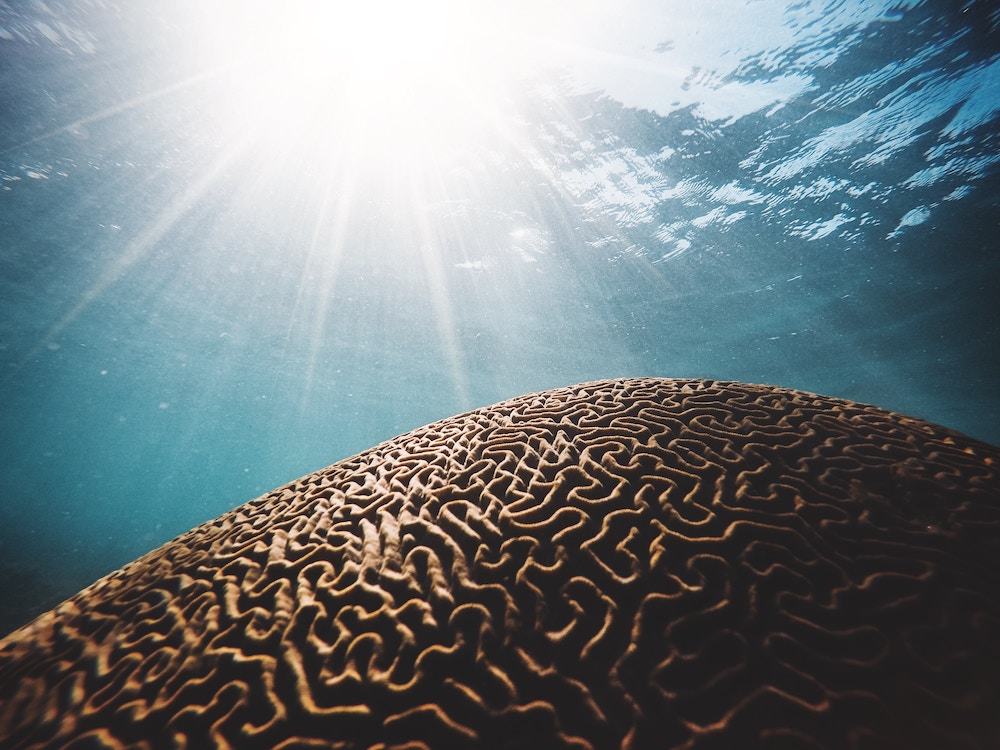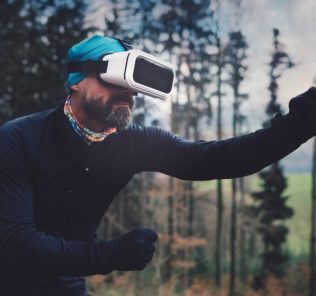How Virtual Reality Training Can Help Healthcare Professionals Retain Crucial Information
When exploring the application of VR training in Healthcare Simulation, we must consider the latest neuroscience on experiential, cognitive, behavioral, and emotional learning. Dr. Todd Maddox, the science, sports and training correspondent at Tech Trends and the CEO of Cognitive Design and Statistical Consulting helps us get caught up to speed with his latest article “Immersive Training for Retention“, which we have summarized below. Check out Todd’s other Tech.Trends articles on the topics which we have covered in the past including “How VR is Perfect for Training Clinical Skills” and “How Virtual Reality Trains Situational Awareness in Healthcare Simulation“. Here then, is a recap of key points to consider when looking at the support for virtual reality training in clinical simulation and eduction from Dr. Maddox:
Healthcare professionals are tasked with learning and retaining an enormous amount of knowledge and skills. Whether the task is to master human anatomy and physiology, the symptoms associated with a broad range of diseases and disorders, or the skills associated with performing some routine or non-routine medical procedure, healthcare professional undergo an enormous amount of training to ensure excellence when treating patients. In addition, healthcare professionals are expected to apply this knowledge and these skills under a broad range of challenging situations including time pressure, social stress, and other sub-optimal conditions.
Unfortunately, and as all healthcare professionals know first-hand, the brain is hardwired to forget. This has been known implicitly for centuries, but was formalized scientifically in 1885 when Hermann Ebbinghaus embarked on a journey to characterize and quantify the time-course of learning and memory, and in the process discovered the “forgetting curve”.
Sponsored Content:
What this means is that you can train to perfection today, but you will immediately start to forget and ultimately will retain only a small portion of the information. This is a serious problem in any training setting, but is especially problematic in healthcare. The last thing that you want is for your healthcare professional to forget some critical piece of knowledge.
As outlined in the figure below, the human brain is comprised of at least four distinct learning systems. As Einstein so eloquently stated, the experience is at the heart of learning. Importantly, it is also at the foundation of VR and AR. The experiential system has evolved to represent the sensory aspects of an experience, whether visual, auditory, tactile or olfactory. Every experience is unique, adds rich context to the learning and is immersive. The critical brain regions associated with experiential learning are the occipital lobes (sight), temporal lobes (sound), and parietal lobes (touch).
Consider an AR or VR tool for teaching anatomy and physiology where a highly accurate 3D dynamic representation of the 3D dynamic human form is presented. The learner can move and rotate the virtual body and when certain body parts are “touched” a description of the part and its function is provided. Layers of virtual tissue can be removed so that the inner workings of the body can be explored.
From a neuroscience perspective, this immersive approach engages the experiential, cognitive and behavioral learning systems in synchrony. This broad-based neural activation leads to a highly interconnected, context-rich set of learning and memory traces. These highly interconnected memory traces will be slower to decay over time leading to better long-term retention. Because immersive training tools are available 24/7 the healthcare professional can have unlimited practice, and can test themselves under adverse conditions such as time pressure that will engage the emotional learning centers in the brain to begin to build situational awareness.
Sponsored Content:
Imagine training for the rare, but potentially life-threatening, situation in which an emergency medical technician needs to deliver a baby in the back of a van with minimal medical equipment available. Imagine training under chaotic conditions in which a healthcare professional must perform some medical procedure in a crowded hotel lobby with dozens of panicked onlookers. Imagine time is of the essence.
Read The Complete Dr. Maddox Article on Tech Trends!
Further Reading: How VR is Changing Healthcare Education & Training: Latest News – Scouring the web for the best medical simulation content, here we share numerous articles in which focus on Virtual Reality (VR) technologies in Medicine and Healthcare. VR is a crucial technology for medical simulation in that it will help to bridge the gap between classroom experiences and high stakes high-fidelity simulation experiences which are extremely expensive to operate. In the future, VR headsets will enable learners to plug in from almost anywhere, to train through any scenario with an endless number of participants located all over the world. And all in real-time with the most advanced graphics and psychologically proven learning models which humans have ever seen. The sooner we understand this future reality is a given, the sooner we can grasp it and make it a reality now!
Lance Baily, BA, EMT-B, is the Founder / CEO of HealthySimulation.com, which he started in 2010 while serving as the Director of the Nevada System of Higher Education’s Clinical Simulation Center of Las Vegas. Lance also founded SimGHOSTS.org, the world’s only non-profit organization dedicated to supporting professionals operating healthcare simulation technologies. His co-edited Book: “Comprehensive Healthcare Simulation: Operations, Technology, and Innovative Practice” is cited as a key source for professional certification in the industry. Lance’s background also includes serving as a Simulation Technology Specialist for the LA Community College District, EMS fire fighting, Hollywood movie production, rescue diving, and global travel. He and his wife live with their two brilliant daughters and one crazy dachshund in Las Vegas, Nevada.
Sponsored Content:
















